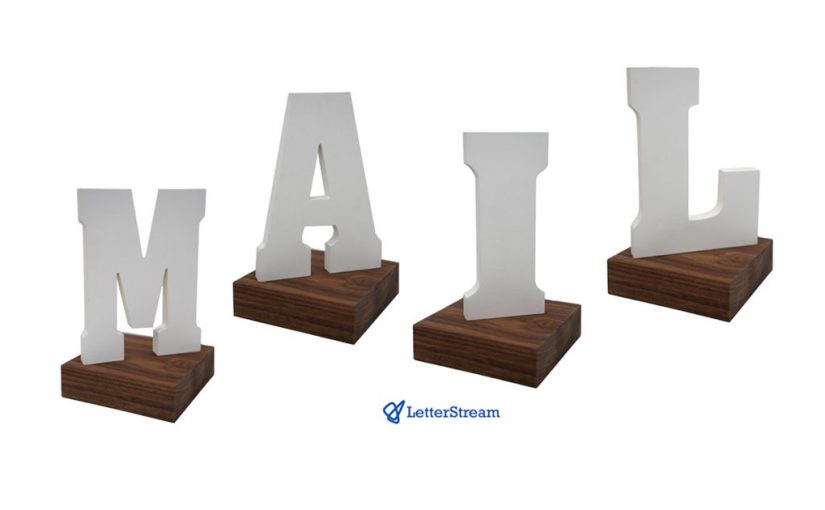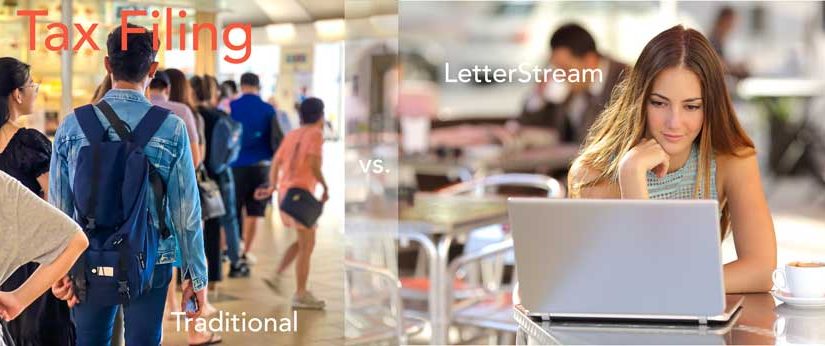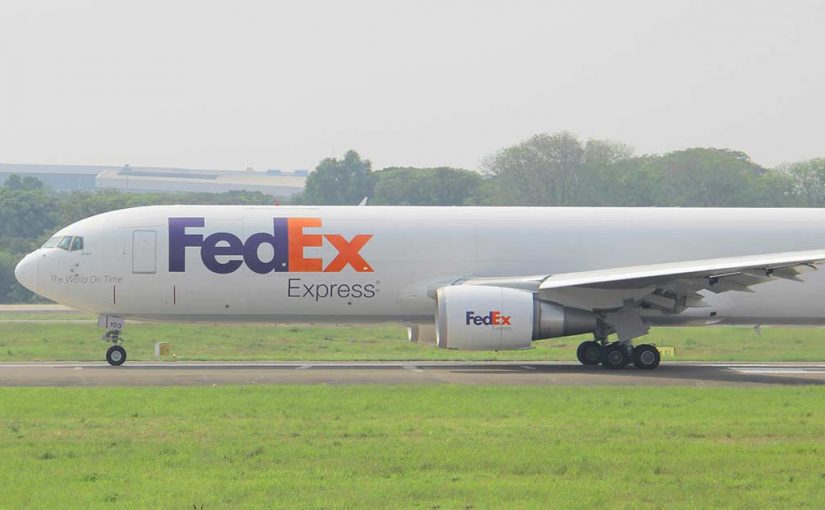M.A.I.L. Isn’t Just What We Send—It’s Who We Are
Ok, ok, ok, we know we spend a lot of time talking about mail—how to send it, track it, and make sure it gets out the door, fast. That’s what we do.
But this blog? This one’s about the core values of who we are.
LetterStream is an online printing and mailing company, sure. But underneath the envelopes, stamps, barcodes, and batches of Certified Mail is a team of real people who care deeply about doing things the right way. It’s our commitment, and our mission to give our customers a superior experience—not just in mailing services, but in the way we work.
And we wanted our core values to reflect that—again, not just what we do, but how we show up for each other and for you.
So, we put it into four simple letters: M.A.I.L. (Mail nerds? Maybe. Proud of it? Absolutely.)
Here’s a quick overview:
M.A.I.L. stands for Mastery, Accountability, Innovation, and Leadership, the pillars that shape how we operate every day. Whether we’re handling HOA mailings, recall notices, legal mail, statements, announcements or just overall need bulk printing and mailing services utilizing First-Class Mail and Certified Mail, these values ensure that we keep pushing the envelope—literally and figuratively.
Ok, let’s break it down even further.
M is for Mastery: Always Delivering Excellence
We’ve been in the mailing industry offering mailing services around the world for a while, 20 years and counting to be exact, and we’ve learned a thing or two. But we’re not about resting on our postage-paid laurels.
Mastery means we’re committed to constant improvement—individually, as a team, and as a service.
- Learning—Because the more we know, the better we serve.
- Engaging—Bringing energy and enthusiasm to our work.
- Growing—Never settling for “good enough” and always being open to knowing more.
- Persevering—Mail must go out, rain or shine (or when the Post Office is closed, and yes we are able to do that for some postal holidays!).
- Excellence—Every detail matters, from printing and mailing to keeping the production center clean and organized.
A is for Accountability: Owning Every Envelope
When you send mail online—especially important things like legal notices or invoices—you’re trusting someone else to get it right. That’s not something we take lightly.
For us, accountability looks like this:
- Commitment—We show up, excited, ready to get the job done.
- Communication—Behind the scenes, we like to use the term “over-communicate,” meaning everything we do within our organization is shared thoroughly to prevent any miscommunications from happening.
- Integrity—We do what we say, no exceptions.
- Quality—Not just good, but great.
- Ownership—If there’s a challenge, we take ownership and solve it.
Whether you need to send mail online, send a letter, or track important certified mail, you can count on us to handle your job with precision and care.
I is for Innovation: Rewriting the Playbook on Mailing
Mail might be one of the oldest industries around, but that doesn’t mean we’re stuck in the past. We’re always looking for ways to improve how businesses send physical mail online, like integrating APIs for seamless online Certified Mail solutions with Certified tracking right from inside of your account.
LetterStream is all about bringing modern efficiency to the classic art of sending real mail.
When it comes to innovation, we embrace:
- Curiosity—Asking “what if” and “why not?”
- Problem-Solving—We’re proactive, not reactive.
- Improvement—Streamlining, refining, optimizing—always.
- Creativity—Thinking outside the mailbox, because even in mailing, there’s room for fresh ideas.
- Transformation—Looking ahead and adapting to new tech, trends, and needs.
No matter how your business handles mailing services, we’re constantly evolving to provide better, faster, and more secure options.
L is for Leadership: Setting the Standard in Print and Mail
Leadership isn’t just about being the biggest or fastest—it’s about setting an example, empowering others, and driving meaningful change. Some companies follow trends—we set them.
From our internal team to the businesses we serve, we believe strong leadership makes the difference between a company that merely exists and one that thrives.
Here’s how LetterStream leads:
- Humble—No egos, just results.
- Unafraid—We tackle mailing challenges head-on. Complicated job? Bring it on.
- Empowering—Helping businesses streamline printing and mailing like pros and encouraging employee growth.
- Visionary—Always thinking ahead.
- Inspiring—Because great mail deserves great service.
Whether you’re a business looking for bulk printing and mailing services or a legal firm in need of Certified Mail, our leadership ensures that you receive top-tier service.
Why M.A.I.L. Matters to You
We get it—core values are everywhere. But this isn’t about sounding nice. It’s about delivering work that feels right and works exactly how it should.
When you choose LetterStream, you’re not just choosing a printing and mailing company, you’re choosing a group of real people who care deeply about your deadlines, your reputation, and the trust you’re putting in us.
The LetterStream team:
- Cares about the job—big or small
- Respects your timelines, your data, and your reputation
- Builds solutions to make mailing online easier, faster, and smarter
- Knows the difference between “sent” and “done right”
Because at the end of the day, we’re not just in the business of sending mail—we’re in the business of making your life easier.
Ready to See the Difference?
If you need to send physical mail online, we’re here to make it ridiculously easy. Whether it’s a single Certified letter, a postcard campaign, or thousands of time-sensitive documents, we’ve got your back.
Ready to see the difference? Create a free account and see what happens when people who really care handle your mail.
Because great mail isn’t just about postage and paper.
It’s about people.
And we’re pretty proud of ours.
LetterStream offers bulk printing and mailing services allowing companies to send physical mail online. Whether it’s online Certified Mail, First-Class Mail, FedEx 2Day, or postcards, we give both small businesses and large corporations that time and freedom back to work on tasks that better serve the company. If you’re interested in creating a free account, you can do so, here.


















